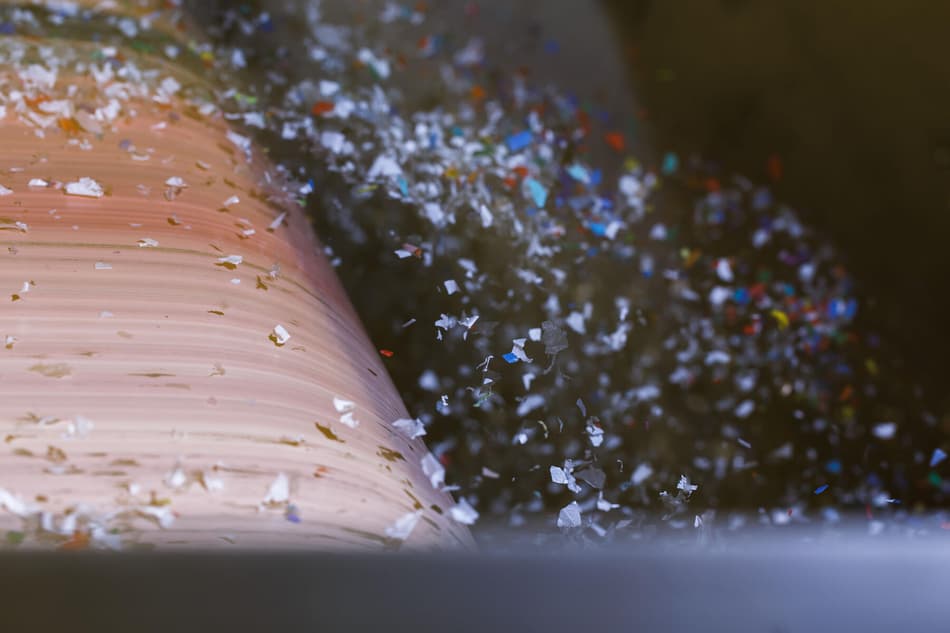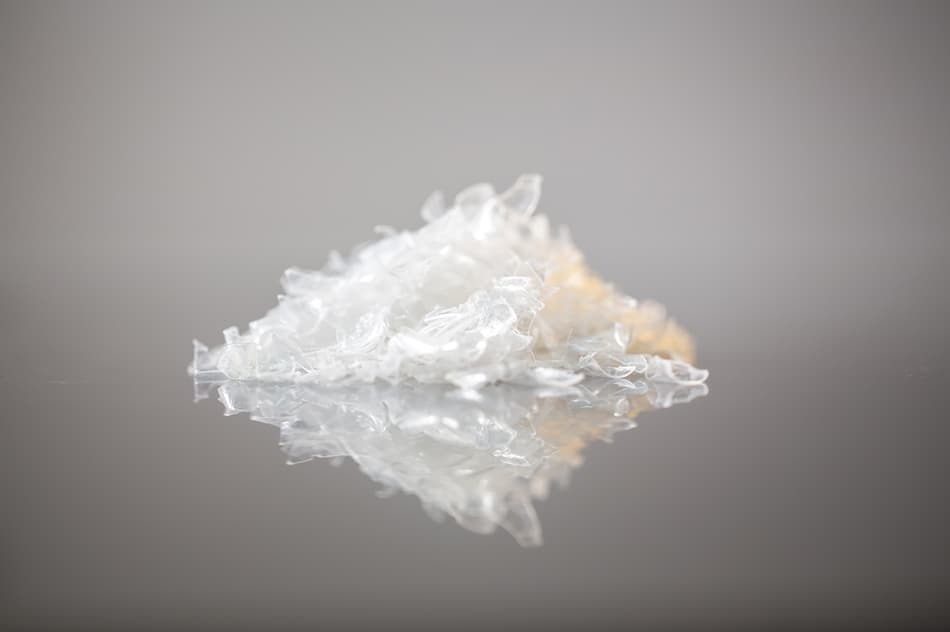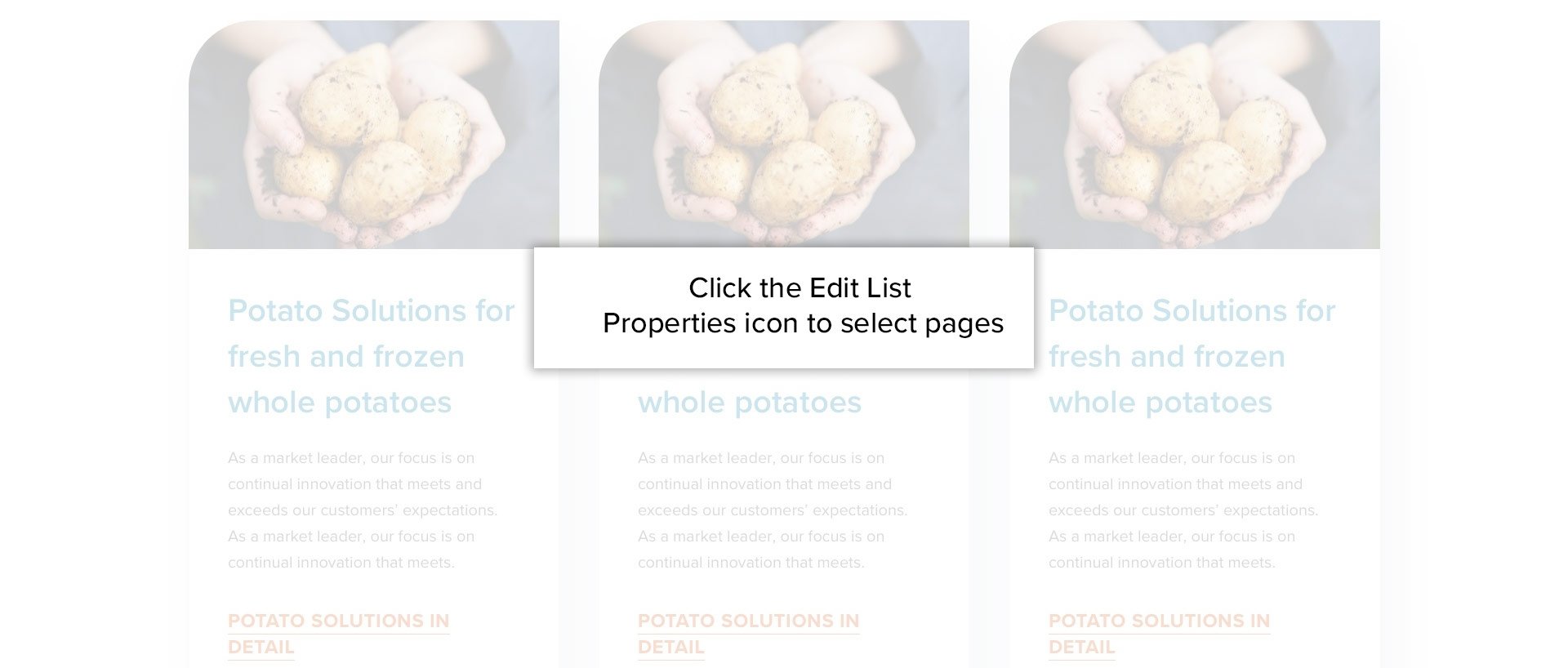Integrated flake optical sorting solutions as way to increased quality
For this to happen though, we must implement efficient recycling processes so the plastics are handled correctly, and we can retain the highest possible purity.
Plant operators must opt for the highest-efficiency solution, which today, comes in the form of fully integrated pre-sorting and flake-sorting lines from a single manufacturer, rather than a mix-and-match from different suppliers.

The strain on recycling plants
Despite the ongoing battle against plastic pollution, the rate of plastic production continues to rise on a global scale. The latest figures suggest more than 359 million tons of plastic were produced for the global marketplace in 2018, a 3.2 per cent increase compared to the previous year. In total, the amount of plastic produced has tripled since 1990.
But the majority of this plastic doesn’t have a long-term future. In Europe alone, almost 40 percent of plastic produced is used for food and product packaging which, in reality, is single-use plastic. Most of these products are being incinerated or disposed of in landfills. This, partnered with the fact that more than a million plastic bottles are sold every minute worldwide, means there is more pressure on plastic producers and retailers than ever before.
With this rise in throughput comes the need for efficient recycling systems to ensure all material is handled correctly and brought back in the loop.
There’s a need for higher purity when it comes to recycled plastics to ensure the material meets regulations, too. Recycled content laws introduced in October 2018 mean that producers must now ensure plastic bottles have a minimum of 25 per cent recycled content by 2025 so plant operators must enable systems that can increase the purity and yield of their recycled plastics to a level that is suitable for re-use in food packaging.
Pledges have also been made to the Circular Plastics Alliance to increase the levels of recycled content in products. Those signing up to the initiative are taking action to boost the EU market for recycled plastics up to 10 million tonnes by 2025.
Utilizing the efficiencies of flake sorting
A way in which recycling plant operators can improve the purity and yield of the plastics they recycle is through flake sorting. This can help improve the output quality of the recycling process and also allow for more types of plastic to be efficiently sorted, so that recycled materials can be re-integrated into the loop to help reach the recycling targets set forth by the European Union.
Currently, there is a high demand for polyolefins, but recycling levels are still very low. Polyolefins is the collective name for materials which include polyethylene (PE) and polypropylene (PP), including different variations of the basic polymers, such as high-density polyethylene (HDPE) and low-density polyethylene (LDPE). Although the recycling market for high quality and pure recyclates has been traditionally more focused on PET, the demand for recycled polyolefins signals its importance for the market and the need to recycle these materials efficiently. In order to further accelerate recycling rates and output quality, plant operators increasingly rely on flake sorting: a technology that is already successfully used in PET recycling plants and marks the difference between downcycling and upgrading plastics.
The flake sorting process of PET bottles consists of various steps: after a first step of pre-sorting, rejecting impurities both by color and material type as well as a subsequent washing process, the bottles are put into a grinder or shredder, and turned into flakes. Once the bottles have been shredded, the resulting flakes contain high amounts of PP/PE (which comes mostly from the bottle caps), pieces of metal, PVC from remaining labels and small quantities of other contaminants.
Even though very effective, small amounts of remaining contaminants are able to survive the process due to their size, density or magnetic characteristics. In fact, small impurities and color deviations can negatively affect the recyclate, which is later on being used to make another PET beverage bottle. Therefore, sorting out all impurities to generate PET granulates that have the same quality as primary plastics should be targeted . A high-technology, sensor-based solution, is necessary to purify the flakes up to the required standards and to remove any left-over contaminants. Thanks to these highly precise machines, extremely high levels of purity can be achieved, which in the end allow for more PET bottles being recycled and kept in the loop and out of our landfills.

The need for an integrated approach
However, the implementation of a flake sorting machine alone will not help improve the overall yield and purity of recycled materials, unless it is part of a carefully integrated solution.
To achieve the highest purities, operators need to have a system which integrates pre-sorting and optical sortin with flake sorters, ideally from the same manufacturer. Pre-sorting allows plastic bottles to not only be separated from other types of plastic, but also by the color of the material. A precise pre-sorting process is an important step, because it reduces the bulk of color and material contamination, so when the resulting bottles are shredded and turned into flakes, the amount of remaining contamination is perfectly manageable by the highly-sensitive sensors of the flake sorter, which excel in detecting and removing the small contaminant particles generated during the shredding process.
Having perfectly matching systems in place to pre-sort plastics before the flake sorting begins makes it possible to fine-tune both pre-sorting and flake-sorting performance as a whole, according to the input material and contamination, which is crucial to improving the end result and to reach new levels of purity while increasing overall efficiency and yield
Benefits to the plant operator
With the decision for an integrated approach, plant operators can expect numerous improvements– both operationally and financially. An efficient pre-sorting process prior to flake sorting, can help reduce the need for manual sorting, as the sorting technology can remove any non-usable materials, which in turn supports decreasing operational costs (or mean human resources can be spent elsewhere within the recycling plant).
In addition, by using one supplier for both machines– pre-sorting and flake sorting – higher levels of accuracy can be achieved, as the solutions are built to work in unison. With the alignment of machines, a streamlined, one-stop service and maintenance solution is achieved, which means less downtime and increased overall capacity.
Integrated solutions in flake sorting to meet today’s and tomorrow’s requirements
For Governments and companies to meet the 25 per cent recycled content regulations and handle the increased demand of high-quality recyclates, a new approach to integrated recycling needs to be introduced. Modern, highly integrated pre-sorting and flake sorting solutions are set to be a key contributor to the future of plastic recycling.
Find out more about our optical sorters

